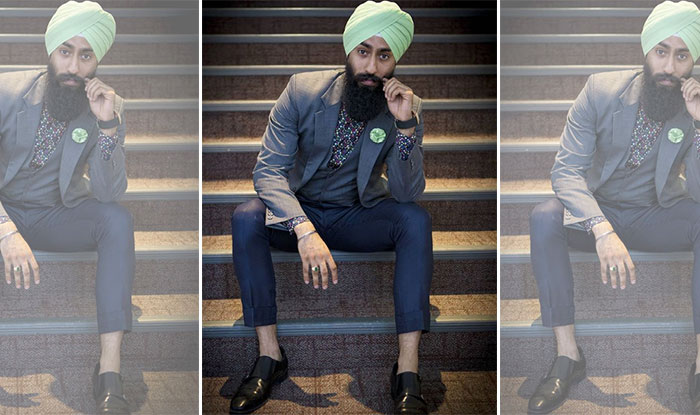With the spring season fully upon us, and summer just around the corner, all you guys (and gals) know that means, right? Spring and summer fashion, of course! Now, where the fall and winter seasons are known more for solid and deep colors, layering, and all things wool, we know that spring/summer means you can play around with different textures, tones, (and, my favorite!) PRINTS!
Gentlemen, in my opinion, you can never go wrong with wearing prints—they automatically add dimension to any outfit and you know for a fact that you’re going to look fun and whimsical in a room full of light-washed denim and white tees (not hating! Just encouraging you to push the envelope a bit if you don’t already!).
With that said, I want to address those who want to experiment with prints but just don’t know how to take a staple printed item in their wardrobe and make it versatile. (Because obviously, you don’t purchase something to just wear it ONE way. Amirite?)
So, in light of keeping things simple to start off my series, I want to begin with an item that almost every guy has in his closet: the floral shirt. You just can’t go into wedding season without one of these bad boys—but, that’s not all you can use it for! Believe it when I say that you can take your floral shirt from a sangeet to street fashion by making just a couple of modifications to the rest of your outfit—the staple piece doesn’t change and, that’s the beauty of it: versatility.
Before jumping into the tips and tricks, let me tell you that styling a floral shirt isn’t hard at all. All you need to do is find colors that complement the shirt and mix and match! The added bonus is getting to match the turban to make a killer style statement each time! So, here is how to style your very own floral shirt with items that you already have in your closet. I’m sure I’m sparing you a trip to the mall, boys!





